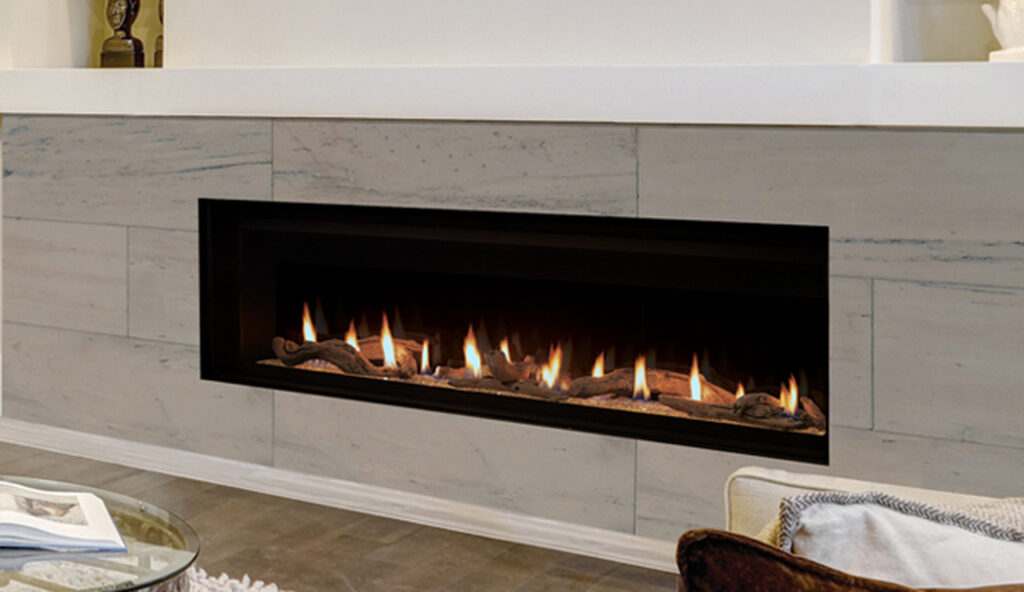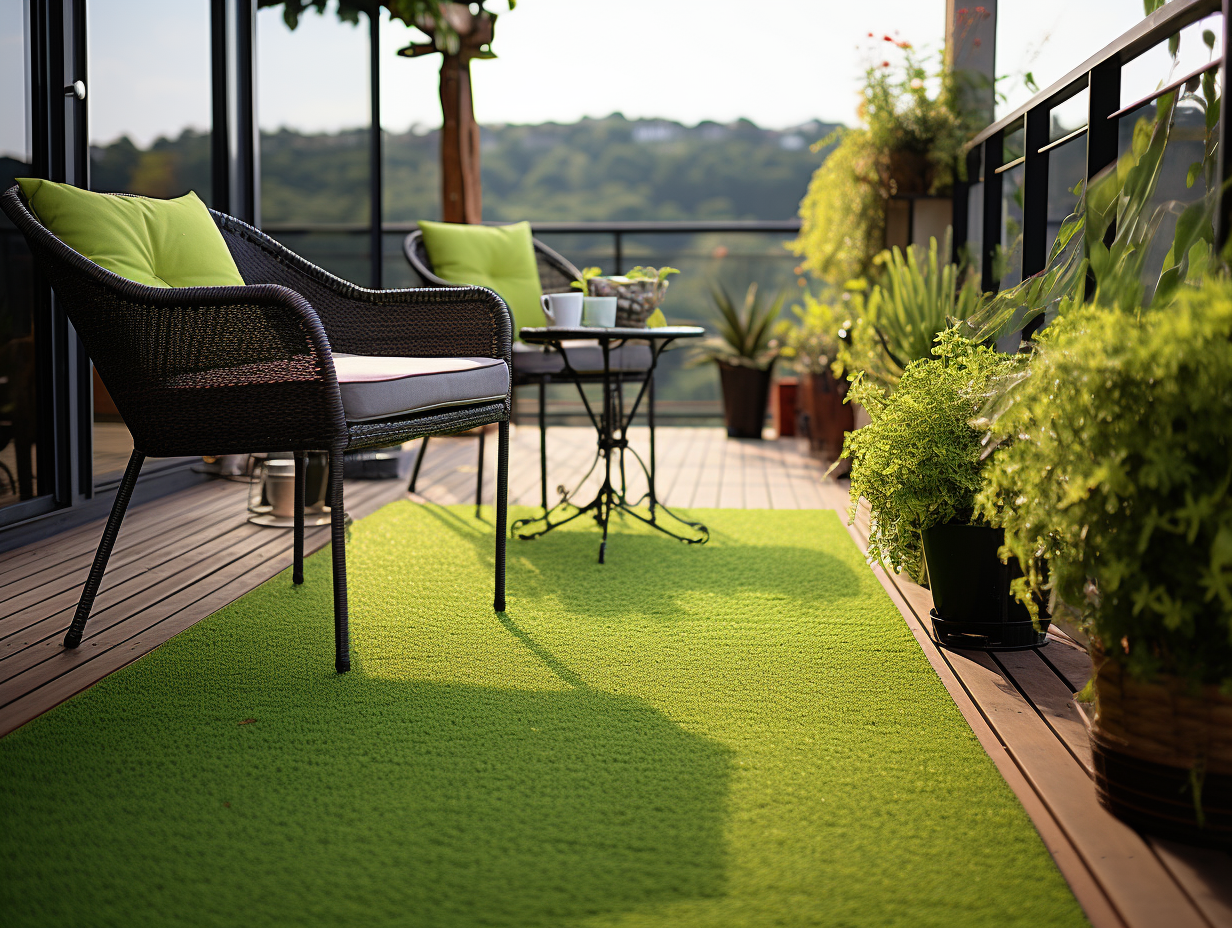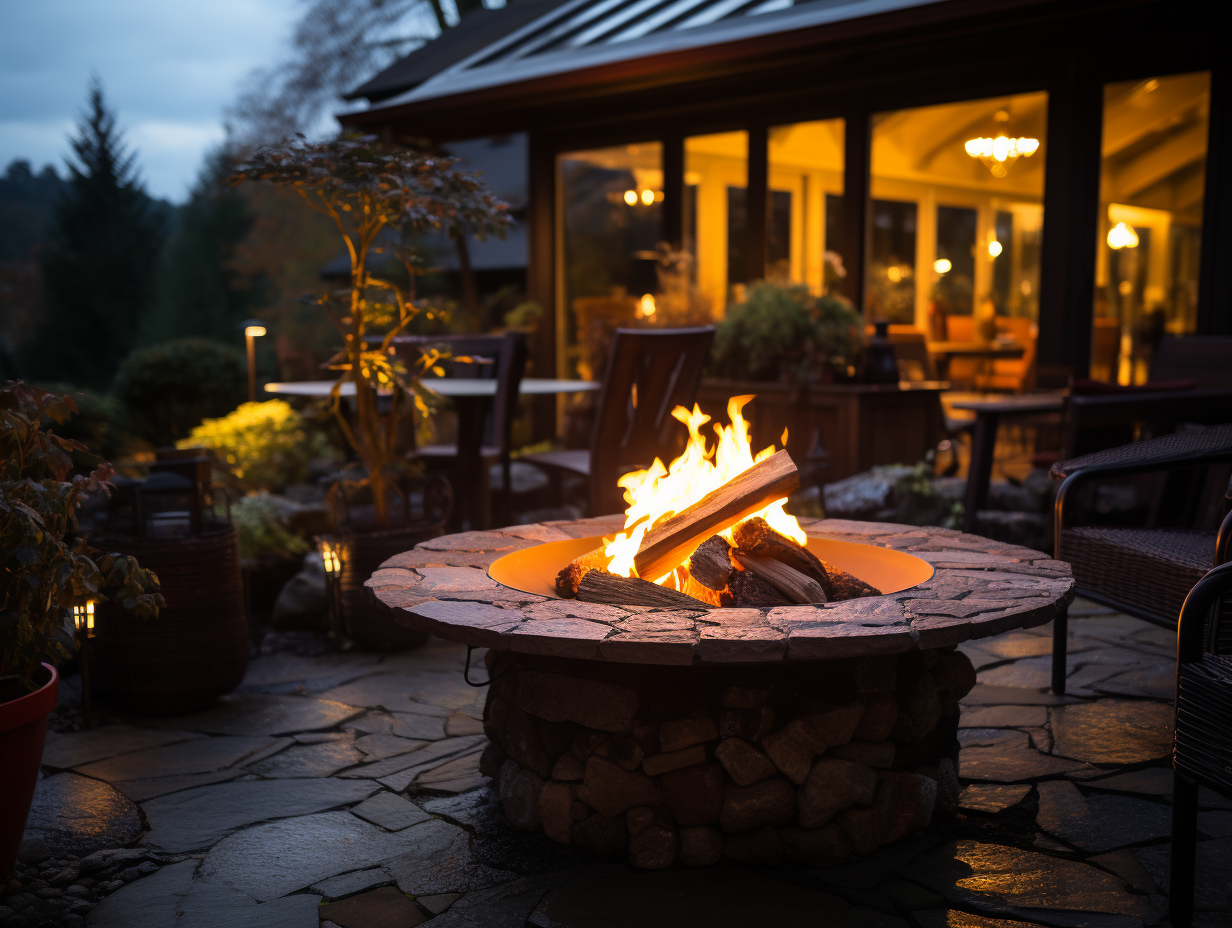Do you have a gas fireplace in your home? If so, are you taking advantage of all that it has to offer? Many people don’t realize that they can get more heat from their gas fireplace by making a few simple changes.
When the cooler weather comes around, many people enjoy spending time in their homes by the fire. If you have a gas fireplace, there are some things you can do to maximize the heat it gives off and make your home more comfortable.
In this blog post, we will discuss some tips on how to get the most heat from your gas fireplace.

How To Get More Heat from Gas Fireplace
There are a few ways to get more heat from your gas fireplace. Here are seven tips:
1. Choose Correct Type of Gas Fireplace
The first step is to make sure you are using the correct type of gas fireplace. There are two types of gas fireplaces – direct vent and natural draft.
Direct Vent Fireplace: A direct vent fireplace is one that has a dedicated exhaust system. This means that the combustion gases are vented directly outside, and not into your home. A direct vent fireplace is the best type to use if you want to maximize the heat it produces.
Natural Draft Fireplace: A natural draft fireplace relies on air currents inside your home to provide ventilation for the combustion gases. This type of fireplace does not produce as much heat as a direct vent fireplace.
If you are using a natural draft fireplace, you can maximize the heat it produces by making sure your fireplace is properly vented. The best way to do this is to have a professional install a chimney liner. A chimney liner will help create a draft in your fireplace, which will allow it to function more efficiently.
2. Use A Fireplace Blower
Another way to get more heat from your gas fireplace is to use a fireplace blower. A fireplace blower is a device that attaches to the back of your fireplace and circulates the air inside. This allows the fire to burn more efficiently and produces more heat.
Fireplace blowers are available in both manual and automatic models. The automatic models are controlled by a thermostat, which means they will turn on and off automatically as needed.
If you have a gas fireplace, we highly recommend using a fireplace blower to get the most heat from it.
3. Close the Damper
Another way to maximize the heat from your gas fireplace is to close the damper when not in use. The damper is the metal plate that covers the opening in the chimney. When it is open, it allows air to flow up into the chimney and out of your home. When it is closed, it prevents the air from flowing up into the chimney.
By closing the damper when not in use, you are preventing the warm air from your fireplace from escaping up the chimney. This will help keep your home more comfortable and save you money on heating costs.
4. Converting Gas Fireplace to A Gas Insert
If you are not getting the heat you want from your gas fireplace, you may want to consider converting it to a gas insert. A gas insert is a device that replaces the existing firebox in your fireplace. It has its own dedicated exhaust system, which means it will produce more heat than a traditional gas fireplace.
Gas inserts are available in both wood-burning and gas-burning models. The wood-burning model will allow you to use your fireplace to burn wood, while the gas-burning model will only allow you to use it to burn gas.
If you are not getting the heat you want from your gas fireplace, we recommend converting it to a gas insert.
5. Setting Thermostat to The Maximum Value
If you have a gas fireplace, you can also maximize the heat it produces by setting your thermostat to the maximum value. This will tell your furnace to run at its highest setting and will allow your fireplace to provide some supplemental heat.
6. Installing a Heat Exchanger
If you are not getting the heat you want from your gas fireplace, you may want to consider installing a heat exchanger. A heat exchanger is a device that attaches to the back of your fireplace and captures the heat from the fire. It then circulates the heat into your home, which allows your fireplace to run more efficiently.
Heat exchangers are available in both manual and automatic models. The automatic models are controlled by a thermostat, which means they will turn on and off automatically as needed.
7. Placing a Fireback Behind Your Fireplace
Another way to get more heat from your gas fireplace is to place a fireback behind it. A fireback is a piece of metal that is placed between the fireplace and the wall. It is designed to reflect the heat back into the room, which will help increase the warmth of your home.
Firebacks are available in both cast iron and steel models. The cast-iron models are more expensive, but they are also more effective at reflecting heat.
Why Don’t Gas Fireplaces Heat A Room?
If gas fireplaces aren’t heating the space adequately, it’s possible that your heating system isn’t powerful enough, your room is too big, or your unit is faulty.
In order to understand why gas fireplaces don’t heat the room, it’s important to first understand how a gas fireplace works. A gas fireplace has two main components: the burner and the flue.
The burner is located in the front of the fireplace and it consists of metal tubes that run through a pilot light. The flue is located in the back of the fireplace and it’s responsible for carrying away the heat and smoke from the fire.
When you light a gas fireplace, the pilot light ignites the gas that flows through the burner tubes.
The flame from the burner then heats up the metal tubes, which in turn heats up the surrounding air. The heated air rises up the flue and out of the fireplace.
Since a gas fireplace doesn’t have a blower, it relies on natural convection to move the heated air from the firebox to the room.
Unfortunately, this process is not very efficient and most of the heat ends up going up the chimney. As a result, gas fireplaces are not very good at heating rooms.
There are several reasons why gas fireplaces don’t heat the room:
- Unsuitable gas fireplace for the space.
- BTU rating or efficiency is insufficient for your needs.
- Too many walls or a lack of air circulation.
- On the unit, the thermostat is set too low.
- The gas fireplace’s flame does not stay lit.
- The fire continues to go out.
How Much Heat Does a Gas Fireplace Put Out?
A gas fireplace can generate anything from 10,000 to 60,000 BTUs of heat, depending on the size of the fireplace you have installed.
- Small: 20,000 BTUs
- Medium: 30,000 BTUs
- Large: 50,000 BTUs
This means that a gas fireplace can heat up a room of between 500 and 1000 square feet, making it an ideal heating option for many homes.
If you are looking to purchase or install a gas fireplace in your home, be sure to consult with a professional to find the right size and style for your needs.
If you already have a gas fireplace in your home, be sure to have it inspected and serviced on a regular basis to ensure that it is running safely and efficiently.
A well-maintained gas fireplace can provide you with many years of warm, comfortable heat.
Can I Add a Thermostat to My Gas Fireplace?
Yes, adding a thermostat to your gas fireplace is definitely a great way to improve the overall comfort of your home.
By being able to control the temperature, you’ll be able to keep yourself and your family warm all winter long. Not only that, but you’ll also save money on your energy bills!
There are a few different types of thermostats that you can choose from, so be sure to do your research beforehand. You’ll want to find one that fits both your needs and your budget.
Once you’ve installed the thermostat, it’s easy to use. Simply turn on your fireplace by hitting the switch right next to the hearth, and then use the thermostat to adjust the temperature. You can even set it to turn on and off automatically.
For how Many Hours Can a Gas Fireplace Be Run?
A gas fireplace can be run for as long as you want, depending on the size of your fireplace. Larger fireplaces will require more fuel and, therefore, will need to be refueled more often.
Make sure that you have enough fuel available before starting your fireplace and keep an eye on it while it is burning to ensure that it doesn’t run out of fuel. Be sure to extinguish the fire completely when you are finished using it.
The amount of time that a gas fireplace can be safely used will also depend on the type of gas that is used. Some types of gas have higher flammability than others, so make sure to use the appropriate type of gas for your fireplace.
Always read the manufacturer’s instructions carefully before using a gas fireplace.
Conclusion
There are many ways to get more heat from your gas fireplace. In this article, we’ve outlined seven easy tips that should help you increase the amount of heat your fireplace produces.
If after trying these tips, you find that you’re still not getting the heat you need, it may be time to call in a professional.
A technician can help you troubleshoot the problem and make necessary repairs so that your fireplace is heating your home as efficiently as possible.

![What Gravel To Use For Patio Base [Best Options]](https://www.cleverpatio.com/wp-content/uploads/2021/11/What-Gravel-To-Use-For-Patio-Base-270x180.jpg)


Leave a Reply